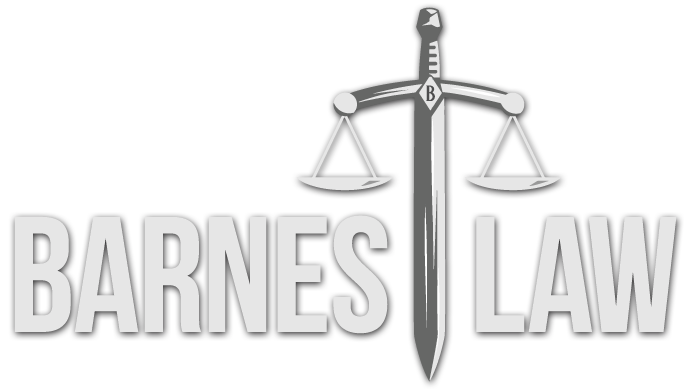Uber Lesson #2: Class Actions & Class Certification
Rather than risking a potential loss that would turn its business model on its head, ride-sharing giant Uber recently settled two class action lawsuits brought by its drivers in Massachusetts and California for $100 million dollars. As such, Uber drivers will remain independent contractors (at least for now), so Uber won’t have to pay hundreds of millions of dollars in future costs and overhead that would be unavoidable if it had to classify its drivers as employees. Notably, when lawsuits become class actions, it often increases the stakes by essentially giving plaintiffs leverage to negotiate for a bigger settlement. That’s what happened with Uber—by obtaining class certification, the plaintiffs in the Massachusetts and California class actions turned up the pressure for Uber to settle, and the stakes ratcheted up each time a class or subclass was certified by the court. Had there been no class certification, Uber would have mostly dealt with the lawsuits on a case by case basis, and the plaintiffs, unable to form a collective front, would have yielded much less leverage against Uber.
If you’re an employer or business owner with 30 or more employees or staff, you should know what a class action and the related procedural issues to avoid costly surprises.
First, what is a class action? A class action is a type of lawsuit in which one or several persons sue on behalf of a larger group of persons (“the class”). The subject matter of class action lawsuits can vary widely, but typically, two factors are present for every class action: (1) the issues in dispute are common to all members of the class, and (2) the persons affected are so numerous as to make it impracticable to bring them all before the court. Depending upon the type of class action, resolution of the lawsuit binds all members of the class certified by the court.
Under federal law, class actions are governed by Federal Rule of Civil Procedure (“FRCP”), Rule 23.[1] While there are a variety of class action lawsuits, one well-known type are those by employees who are subjected to a pattern or practice by an employer, as were the class actions against Uber. FRCP Rule 23 governs, among others, the prerequisites for class actions; types of class actions; certification orders, including notices to class members, judgments, and subclasses; how the court is to conduct the classes action; and settlement.[2] [3]
Second, how is a class certified? In considering whether to certify a class, the court generally considers two things: whether the case can properly proceed as a class action, and if so, how. Answering these questions requires the court to perform an analysis of a number of legal issues. In Uber’s case, the court considered whether the drivers’ working relationship with Uber was so sufficiently similar that a jury could resolve the plaintiffs’ legal claims all at once.[4]
In the California class action, Judge Chen when faced with a supplemental requested to certify an additional subclass addressed class certification in three steps--by: (1) assessing the applicable legal standards under Rule 23; (2) evaluating of the composition of the class, including whether Uber’s more recent contracts are enforceable on a class-wide basis; and (3) determining whether the plaintiffs’ Expense Reimbursement Claim can be pursued by the September 1, 2015 Class and the December 9, 2015 Subclass.[5] Judge Chen noted that “Rule 23(a) permits Plaintiffs to sue as representatives of a class only if: (1) the class is so numerous that joinder of all members is impracticable; (2) there are questions of law or fact common to the class; (3) the claims or defenses of the representative parties are typical of the claims or defenses of the class; and (4) the representative parties will fairly and adequately protect the interests of the class.”[6] If each of these Rule 23(a) requirements is satisfied, the purported class must also satisfy one of the three prongs of Rule 23(b). Judge Chen then found that “[h]ere, Plaintiffs again seek certification under Rule 23(b)(3), which provides: (3) the court finds that the question of law or fact common to class members predominate over any questions affecting only individual members, and that a class action is superior to other methods for fairly and efficiently adjudicating the controversy.”[7]
For now, Uber has dodged an expensive bullet and can continue to treat its drivers as independent contractors. As employers and business owners, in addition to the takeaway of the importance analyzing whether your staff are properly classified, these lawsuits should also prompt you to learn and understand your exposure to possible class actions and how they can affect your business and even your business model.
— By Keobopha Keopong Esq., Barnes Law
Keo Keopong is an associate attorney with Barnes Law, and is licensed to practice law in California.
The opinions expressed are those of the author and do not necessarily reflect the views of the firm, its clients, or any of its or their respective affiliates. This article is for general information purposes and is not intended to be and should not be taken as legal advice.
[1] FRCP 23: https://www.law.cornell.edu/rules/frcp/rule_23
[2] Id.
[3] According to Federal district court Judge Edward M. Chen of the California class action case against Uber:
The “class action is an exception to the usual rule that litigation is conducted by and on behalf of the individual named parties only.” Wal-Mart Stores, Inc. v. Dukes, 131 S. Ct. 2541, 2550 (2011) (citation omitted). For that reason, “a class representative must be part of the class and possess the same interest and suffer the same injury as [her fellow] class members.” Id. at 2550 (citation omitted). Rule 23 thus “ensures that the named plaintiffs are appropriate representatives of the class whose claims they wish to litigate” by requiring affirmative compliance with the requirements of both Rule 23(a) and (b). Id. at 2550.” http://uberlawsuit.com/Uber%20Supplemental%20Order%20on%20Class%20Cert-12-9-15.pdf
[4] http://uberlawsuit.com/Uber%20Supplemental%20Order%20on%20Class%20Cert-12-9-15.pdf
[5] Id.
[6] Fed. R. Civ. P. 23(a)(1)-(4); http://uberlawsuit.com/Uber%20Supplemental%20Order%20on%20Class%20Cert-12-9-15.pdf
[7] http://uberlawsuit.com/Uber%20Supplemental%20Order%20on%20Class%20Cert-12-9-15.pdf
